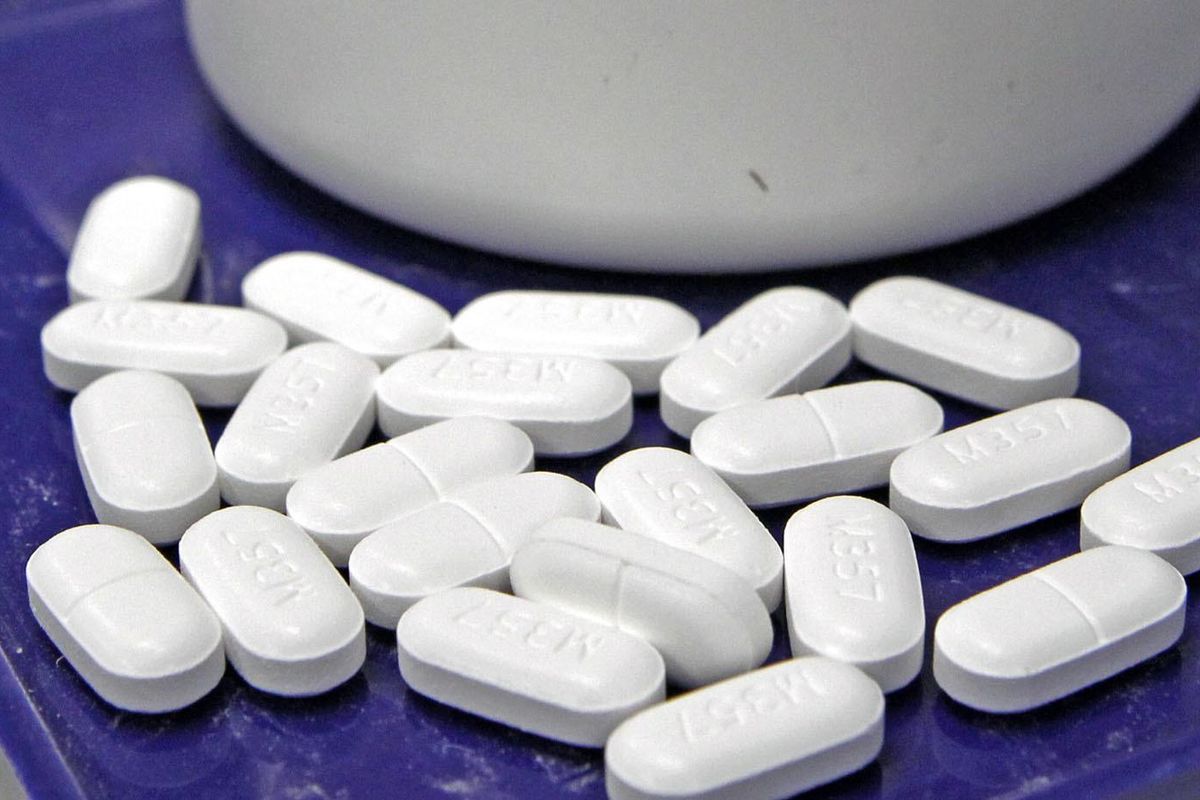Opioid overdose deaths in Spokane County up 78 percent last year

The number of people dying from opioid drug overdoses spiked in Spokane County in 2015, new data from the Washington Department of Health show.
In Spokane County, 64 people died last year from drug overdoses involving at least one opioid, up from 36 in 2014 – a 78 percent increase.
An 89-year-old man from northeast Spokane is the oldest person on the list. The youngest is 18-year-old Rachel Meyers, whose father, Scott, has become a vocal advocate for better access to drug treatment.
Statewide, the death toll from opioid overdoses was 727, a 9 percent increase from the 666 deaths in 2014.
Dr. Darin Neven, a physician in the Providence Sacred Heart Medical Center emergency room, had not yet seen the health department numbers but said they’re in line with the number of patients he treats for overdoses.
“That’s a pretty dramatic jump. We’re definitely feeling it in the ER,” Neven said.
Overdoses often involved two or more drugs. Across Washington and in Spokane County, heroin was the most common drug, appearing on about half of death certificates. Methamphetamine was No. 2.
“Those overdose deaths only tell a little bit of the story,” said Julie Albright, the director of the Spokane Regional Health District’s opioid treatment program.
People are most likely to overdose when they’ve been in a typical 30-day treatment program or in jail, then go back to using after a period of abstaining, she said. After time off of opioids, the body loses some tolerance for the drugs, so people can overdose if they take the same amount they were taking before.
“They haven’t used and the moment they get out of traditional treatment they overdose and die,” Albright said.
Fatal overdoses often happen when people mix opioids with alcohol or benzodiazepines – drugs like Xanax, Valium or Ativan – that depress the body’s central nervous system, Albright said. Combined with an opioid, the results can depress the respiratory system enough to stop the person’s breathing.
Since at least 2010, heroin has been involved in a rising share of fatal overdoses. In 2010, the drug showed up on just 14 percent of death certificates.
“Back then we thought it was a lot,” Neven said of the 2010 numbers.
Doctors were just starting to see people who got addicted to prescription painkillers through legitimate prescriptions, then switched to buying drugs on the street when they could no longer get pills through a doctor.
By 2014, the number of fatal overdoses involving heroin was 48 percent.
But in 2015, heroin overdoses stayed relatively stable, making up 47 percent of the statewide total.
“Now we’re in the midst of a full-blown epidemic,” Neven said. “We still are not seeing an expansion of treatment yet to meet the increase in overdose deaths.”
The data, released last week, comes as health officials in Spokane County are pushing the state to fund a pilot treatment program for non-Medicaid patients. The county’s existing clinic, which uses methadone, serves just under 600 patients and has a waiting list of over 100 people. The bulk of those patients are on Medicaid.
“Historically if you look at what we’ve done in the county and the nation and the state, we’ve only treated about 10 percent of the actual need,” said Dr. Michael Mainer, vice chairman of the Spokane County Behavioral Health Advisory Board.
The board has asked county commissioners to request $724,000 in state funding for a 130-person pilot program that would use suboxone to treat addicts. Suboxone, also known by its generic name, buprenorphine, can be used to treat people who have built up less of a tolerance for opioids.
“These patients are the ones who are contributing to all the problems that society looks at whether it’s homelessness or domestic violence or especially crime,” Mainer said. “By treating these people we take them back into the normal lifestyle.”